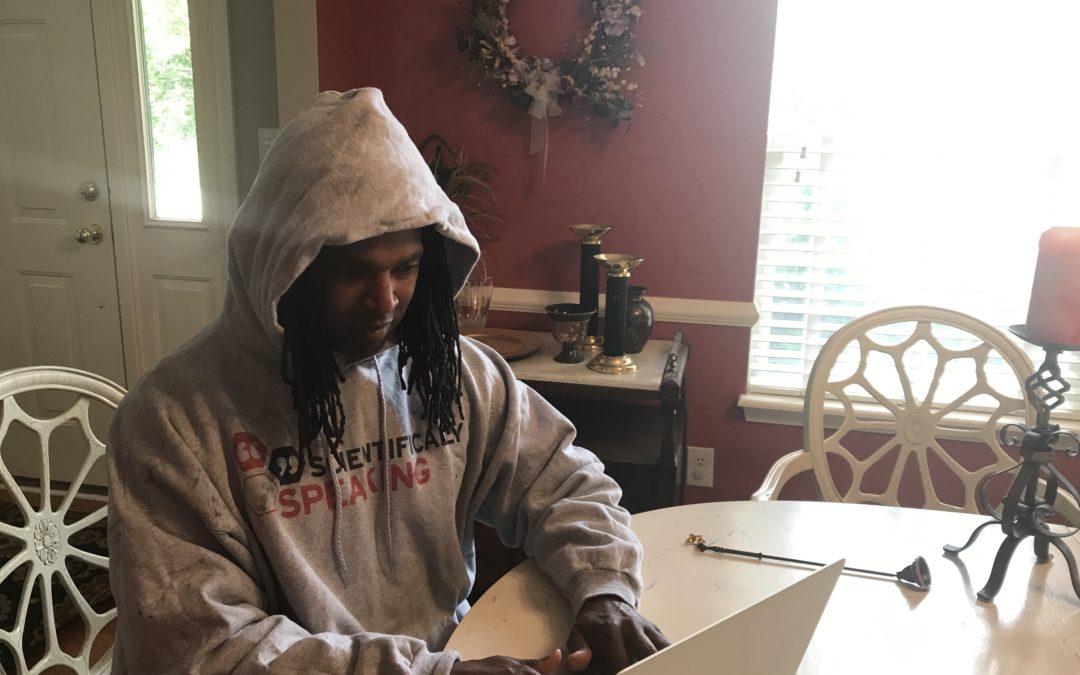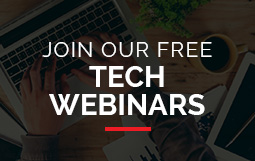I haven’t been hacked yet, but I probably will be one day. And so will you. Stopping hackers is like putting “The Club” on your car steering wheel. It can slow down thieves, but if they REALLY want to get you, they will. Sorry to be the bearer of bad news. So what can people do to protect their data, and how do businesses protect their intellectual property? There are some simple steps you can take to slow down the hack.
There is a trade off between convenience and security. To make your data more secure, you will need to inconvenience yourself a little. Our data is one of our most valuable assets. None of us wants to lose pictures of deceased relatives or videos of our children learning to walk. The time invested to slow down the hack will be worth it for most consumers and business owners. Here’s what you can do:
Password Managers – I have more than 100 websites and services for which I manage the passwords. Security experts tell us to have unique passwords for each of the sites we visit. 1Password, LastPass and Keeper (my favorite) are great ways to slow down the hack. Store thousands (or more) of passwords securely (256-bit encryption) in the cloud and access them with TouchID or one master password. These are definitely safer than storing them in Notes in your phone or using the same password for each site.
Don’t Click – Phishing scams and emails are a common way for hackers to access to your data. When you see a suspicious email from a friend or co-worker that says they found a great video and “Just click here”, don’t. Also, don’t open emails from AMAZON or MICROSOFT (notice all caps) saying you need to update your password. Go to the site directly (i.e. – you type the URL) to change the password. Even Google recently suffered an attack when users began receiving emails with a phony Google Doc invite attached.
5 Best Password Management Apps
PLEASE Update! – The recent WannaCry Ransomware attack succeeded because people and businesses had old versions of the Microsoft Operating System. India and Russia were especially hard hit because these countries are havens for pirated software. When companies release patches and fixes for software, please update! Also, pirated software is cheaper at first, but the problems will cost you more in the long run.
No Starbucks – It’s convenient to go to Starbucks and grab a latte and some free wifi. We’ve all done it. However, surfing “free” wifi opens your computer up to hacking and others surfing your computer for valuable information. Some hackers even set up fake wifi hotspots (e.g.-Marriott1). UGH! When users jump on, hackers jump in and steal their data. Save your surfing for protected and encrypted networks (i.e. – home and work).
Passwords – I saved the best until last. Use difficult to guess passwords and security questions. Every year the easiest to guess passwords are listed: QWERTY, password, 12345, 123456. Do you see the pattern? It’s inconvenient to change your password every six months, but this practice can protect your data and personal information. Make sure you incorporate numbers, letters (upper and lowercase) and symbols.
Convenience always lessens your security posture. Some people feel as if they don’t have anything to hide, so they don’t put passwords on their devices. Protecting your data doesn’t just impact you. It impacts your family, friends, co-workers and clients. Take a few simple steps to slow down the hack. And if you have questions on what to do next, let me know. We like to help!
Scientifically Speaking, of course…




